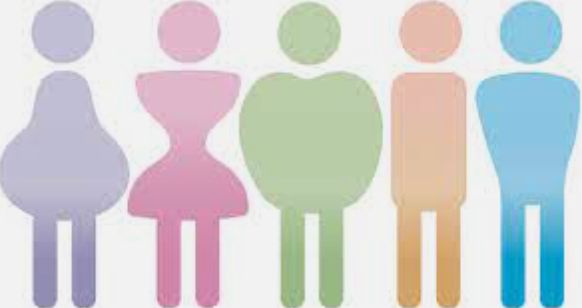How does body image & Beauty Standards in south korea relate to the discussion of western culture and influence that we see in dance?
Sepúlveda, A., & Calado, M. (n.d.). Westernization: The Role of Mass Media on Body Image and Eating Disorders. https://cdn.intechopen.com/pdfs/29049/InTech-Westernization_the_role_of_mass_media_on_body_image_and_eating_disorders.pdf
Meyer, H. (2012). KOREAN FEMALE BODY IMAGE VS AMERICAN FEMALE BODY IMAGE REPRESENTED IN THE PRINT MEDIA. https://opensiuc.lib.siu.edu/cgi/viewcontent.cgi?article=1329&context=gs_rp
Kim, N., & Lee, J. (2019). The Associations of Appearance Comparisons with Peers and Chinese and Korean Media Figures with Thin-Ideal Internalization, Body Dissatisfaction, and the Drive for Thinness Among Female Korean-Chinese College Students in China. International Journal of Communication, 13(1932-8036/20190005).
The most common subject in these three articles is how they all tie into the discussion of what beauty standards are and how that affects one’s body image in South Korea. The first article discusses how mass media influences a negative body image and because of that many individuals are more prone to having eating disorders. Because the beauty standard in America is having a slim-toned body with wide hips, big breasts, smooth skin, pale skin, and colored eyes, this contributes to an unrealistic stereotype of bodies that people should have. The second article analyzes how the stereotypical body image in America is very harmful to South Korean women. This article also suggests that the type of clothing that is worn, the attractiveness of individuals, and one’s relationship status in the media contribute to change in South Korean women’s mindsets when it comes to beauty standards. Lastly, the third article examines how media is represented in South Korea. In South Korea, many men, women, and people in K-pop groups are the ideal body image and beauty standard that is set in place in South Korea. Because of this negative and unideal presentation in mass media, many individuals in South Korea to look this certain way which is impossible most of the time without cosmetic surgeries and body alterations.
Peer Reviewed Journal Articles
So why Korean beauty standards and why is this my subject? How does this relate to dance?
I chose this topic because of the correlation of beauty standards within different dance genres in the US. Korean beauty standards are similar to the standards of dancers in America. And the influence of K-pop in Korean culture in the US affects the way that dancers are seen all over the world.
FAQS
- South Korea has no culture because they steal values from America and other popular countries.
- This is not true. Even though American culture heavily influences South Korean culture, South Korea has its own exciting culture that enriches art, music, dance, food, and more.
2. K-pop is only popular because of America.
- This is not true. Korean pop music has been popular since the early 2000's but became popular worldwide just a couple of years ago.
3. English is one of the most spoken languages besides Korean in South Korea.
- While English dialect is a popular language, many locals do not speak fluent English. Residents in popular cities like Seoul, fluent english is common.
4. All South Korean women get body alterations to look more European (essentially American).
- This is not true. While South Korea is the most popular country to have body alterations and plastic surgery done, many don't get surgery in order to look European but do it as a way to look the most presentable to society.
5. South Korean residents don't like foreigners, particularly do not like Americans.
- This is not true. South Korean residents are overly friendly towards foreigners, but specifically 84% of residents have a favorable opinion towards Americans.
